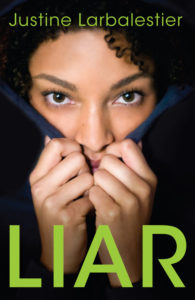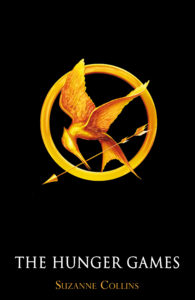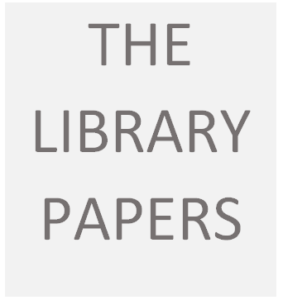3.5 Finding a Path Through Young Adult Literature
Journal Entry 5
Craig Hill’s book, The Critical Merits of Young Adult Literature: Coming of Age, is a helpful start in developing a set of critical tools for analysing Young Adult literature (targeted at readers from age 12-18, approximately). YAL is a massive and ever-growing field, new work is being published at a high rate, it is difficult to keep up with whatever is being touted as ‘the next Harry Potter’ let alone the quieter publications, and it is a mistake to dismiss this material as ‘light weight’ or trivial.
 I like the theme-based approach taken by the essays in Hill’s collection, which address questions of identity, sexuality, poverty, race, the environment, and the effects of globalisation on social stability and human migration. But while these are enduring and important themes, and represent issues which students need to consider, they don’t necessarily reflect what students are currently reading, and therefore don’t necessarily offer an immediate solution to the problem of helping students sort through this material.
I like the theme-based approach taken by the essays in Hill’s collection, which address questions of identity, sexuality, poverty, race, the environment, and the effects of globalisation on social stability and human migration. But while these are enduring and important themes, and represent issues which students need to consider, they don’t necessarily reflect what students are currently reading, and therefore don’t necessarily offer an immediate solution to the problem of helping students sort through this material.
Another way of approaching this is to look first at what students are already reading to discover  what, if any, common themes emerge. For example, The Hunger Games is one of several popular series which examine the way people divide themselves (or are divided) into factions and then have to work to overcome those barriers; the Divergent series is another.
what, if any, common themes emerge. For example, The Hunger Games is one of several popular series which examine the way people divide themselves (or are divided) into factions and then have to work to overcome those barriers; the Divergent series is another.
Harry Potter is an example of a group of books that could be said to examine how individuals develop a sense of responsibility not only for themselves and their friends but for helping to create a just society; Lord of the Rings is another. These are not trivial issues, but it has to be said that not all works in these genres of dystopian futures or fantasy worlds treat them with equal attention, and this is one of the things you would ideally want to help students discover for themselves, without turning it into work and ruining the experience for them.
This is why I like the idea of creating lists of books with similar themes, along the lines of Alison’s model in Module 4: “If you liked Harry Potter, try these; if you liked The Hunger Games, try these.” Reading intensively in one area or genre results in a depth of knowledge which helps students develop a critical approach to what they read, from both socio-political and aesthetic perspectives. Especially if they are guided to think of their reading in terms of developing expertise in a genre. And it can be a way to induce them to challenge themselves with more complex stories. I would use a simplified version of the assessment form from Module 10 to categorise the books in each list, to serve as a guide to further reading but also to help students start thinking comparatively as they selected books.
For example, here are some books that could be directed to readers who liked a variety of themes in the Hunger Games:
Works Cited (Click Here)
Works Cited
Atwood, Margaret. Oryx and Crake. New York, Anchor Books, 2004.
Doctorow, Cory, and Jen Wang. In Real Life. New York, First Second, 2014.
Eggers, Dave. The Circle. New York, Vintage Books, 2014.
Hill, Craig A. The Critical Merits of Young Adults Literature: Coming of Age. New York, Routledge, 2014.
Simpson, David. Dawn of the Singularity. Vol. 1, CreateSpace Independent Publishing Platform, 2016.
Yost, Christopher, et al. Ender’s Game Graphic Novel. New York, NY, Marvel, 2013.



